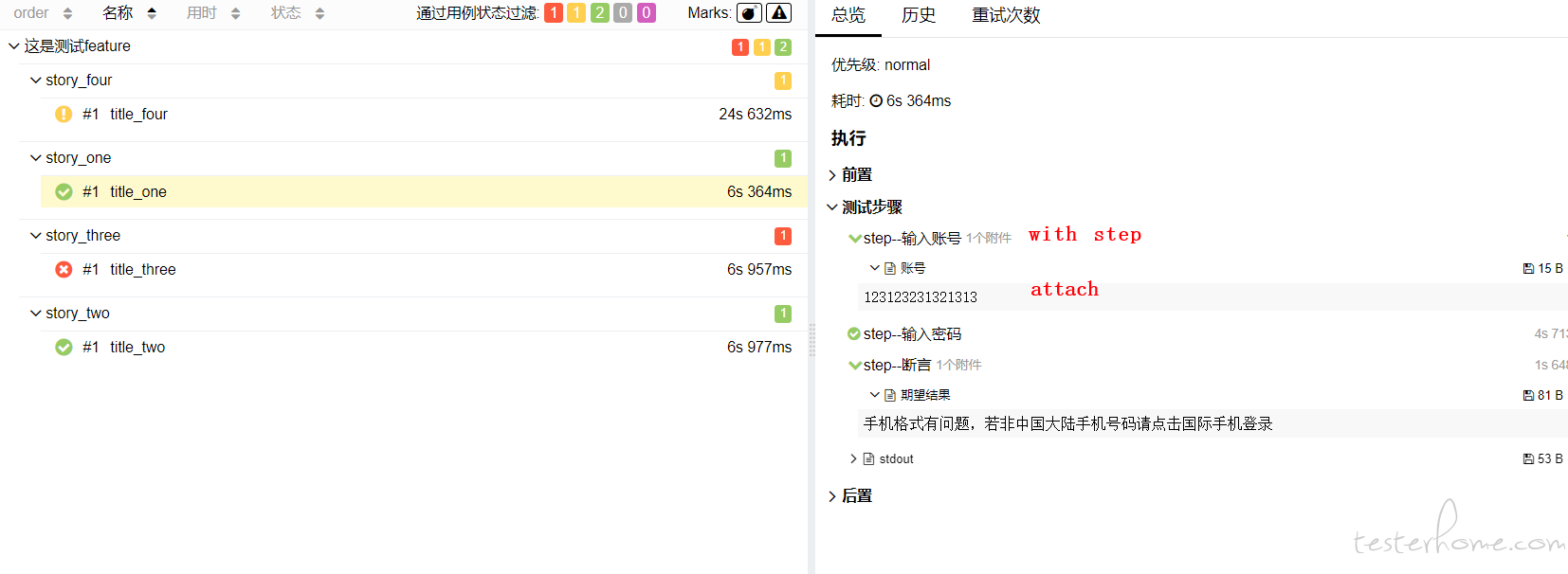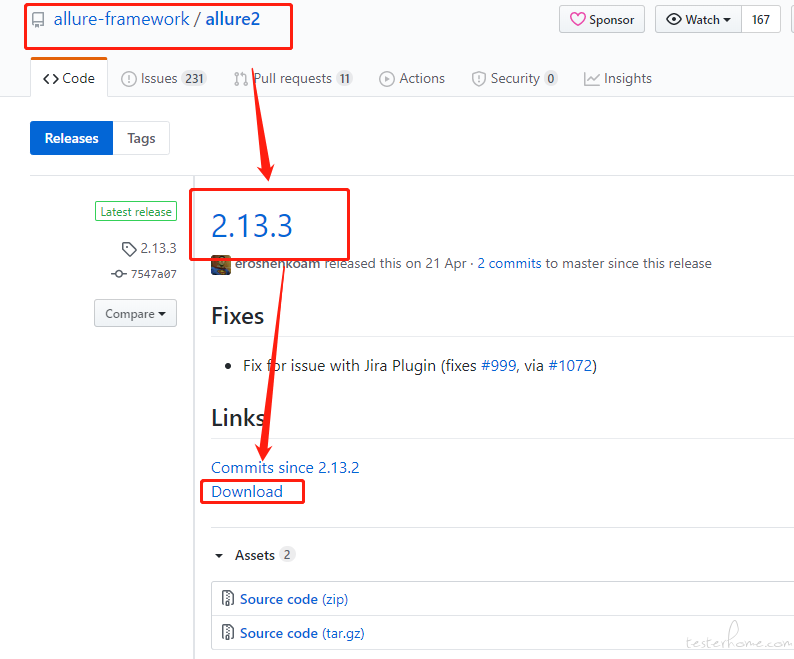
来自 APP Android 端自动化测试初学者的笔记,写的不对的地方大家多多指教哦
之前发布的 python+appium 自动化测试-pytest+allure 测试报告(一)这篇文章由于部分内容有误,修改并补充后现在重新发布
1、pytest 和 allure 插件安装
pip install allure-pytest
pip install pytest
2、Allure 帮助文档
https://docs.qameta.io/allure/#_about
3、Allure 安装
a.scoop install allure
b.使用安装包安装

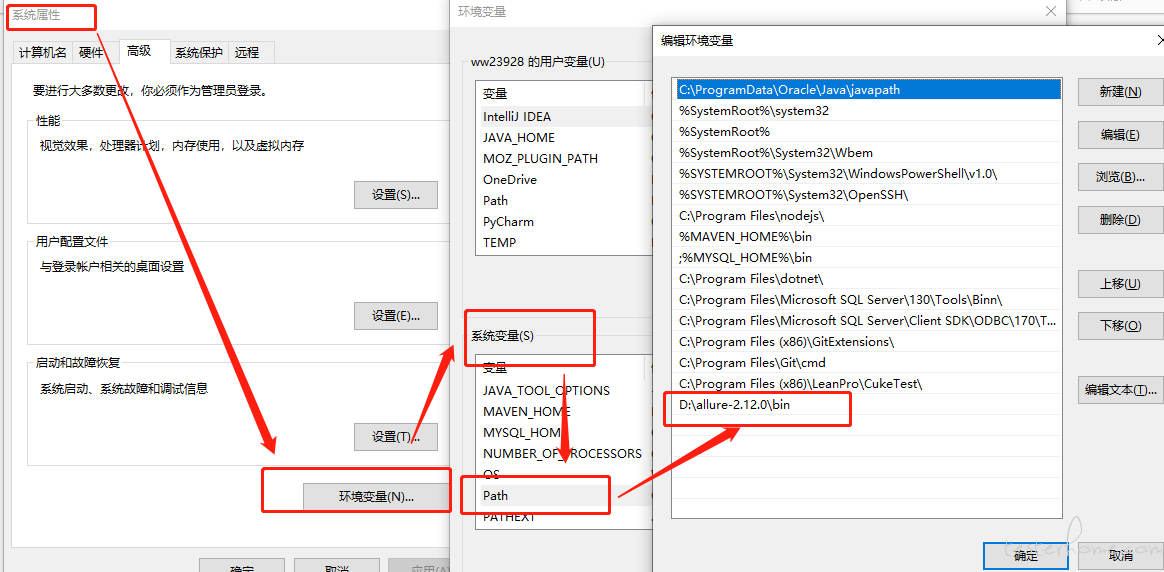

若后续有新版本,建议使用最新的版本
运行环境:
终端 (terminal) 输入以下内容,运行
pytest 运行的py文件 --alluredir=测试报告存放地址
例如:
pytest add_weibo_test.py --alluredir=../report/json
运行测试用例,在测试报告存放位置会生成一份或多份 json 或 xml 格式的测试报告
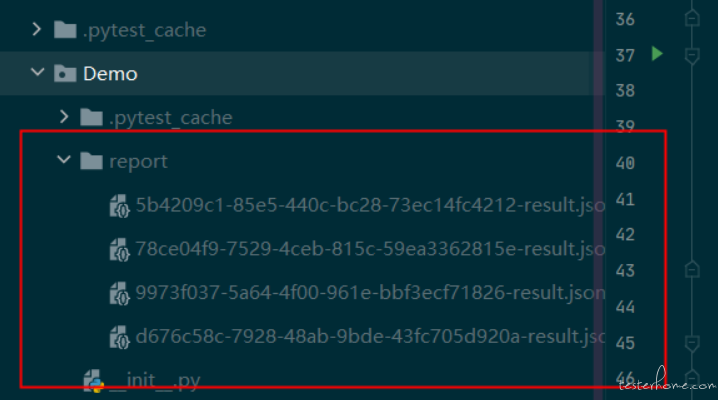
1.选择需要运行的测试用例,右键点击 Create Run Configuration:"测试用例文件名 “
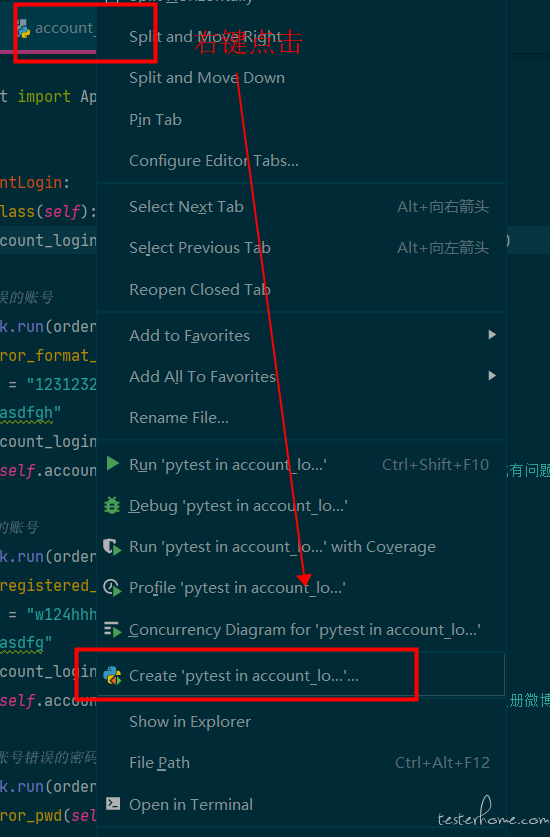
2.进入后在 Additional Arguments 输入:- -alluredir=生成的 json 格式测试报告存放的位置
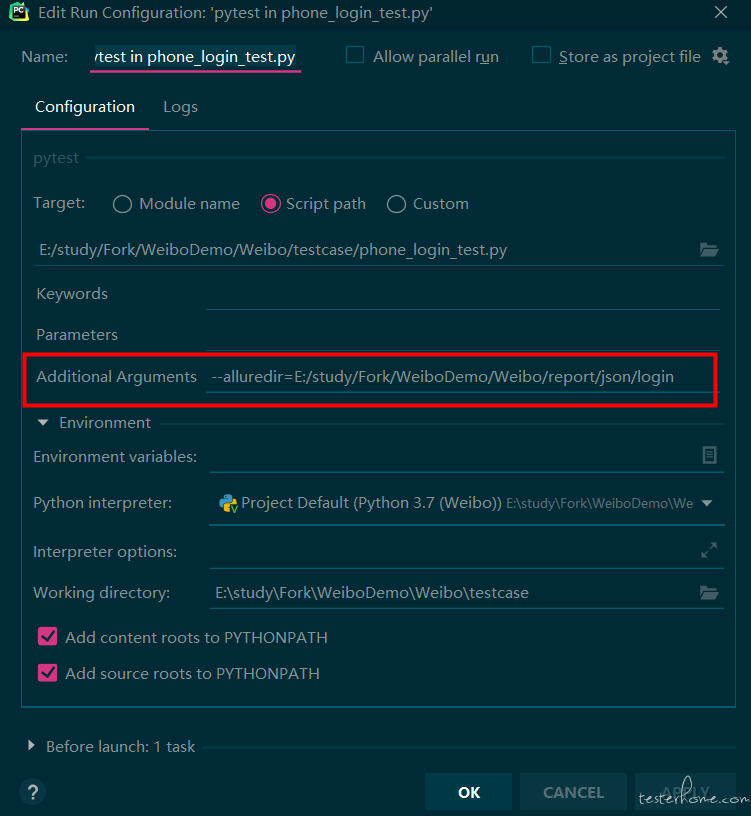
3.设置完后,点击 APPLY→OK,在测试函数中运行测试文件

运行后在测试报告存放位置会生成一份或多份 json 或 xml 格式的测试报告
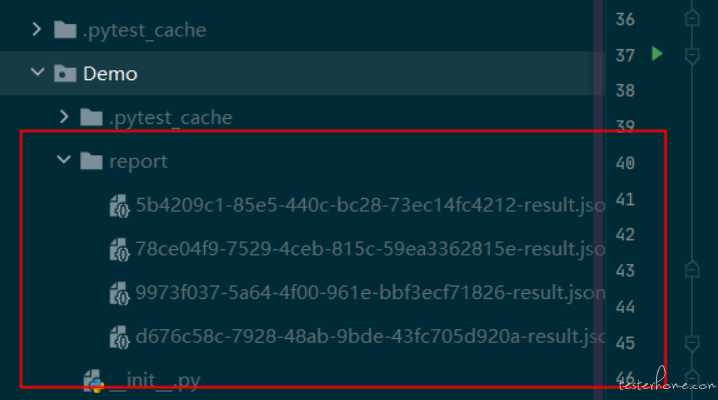
1.测试用例运行完成生成 json 格式的测试报告后,打开 terminal,输入命令:
allure generate ./report/ -o ./report/html --clean
./report/:表示执行需要转换的文件所在的位置,需要转换的文件在report文件夹中
./report/html:表示转换成功的html文件存放的位置,即存放在report下的html文件夹中
--clean:表示清除之前的测试报告,因为重复生成相同的测试报告会报错
注意:在 terminal 可以通过 cd 返回上一级或进入其它文件
2.执行完成后,在 report 文件夹下会生成一个 html 文件,在 html 目录下会生成 index.html 文件,即为可视化报告,如下图所示
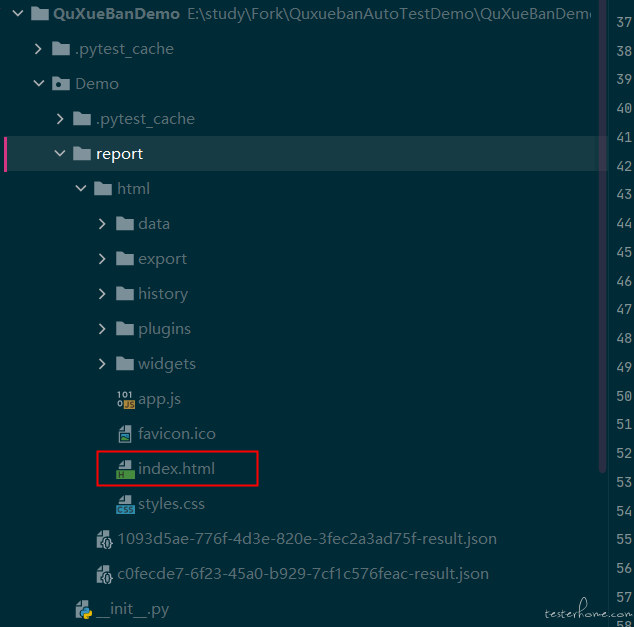
3.打开 html 文件,右键点击 index.html 文件,选择 open in Broswer,选择 Chrome 浏览器,如下图
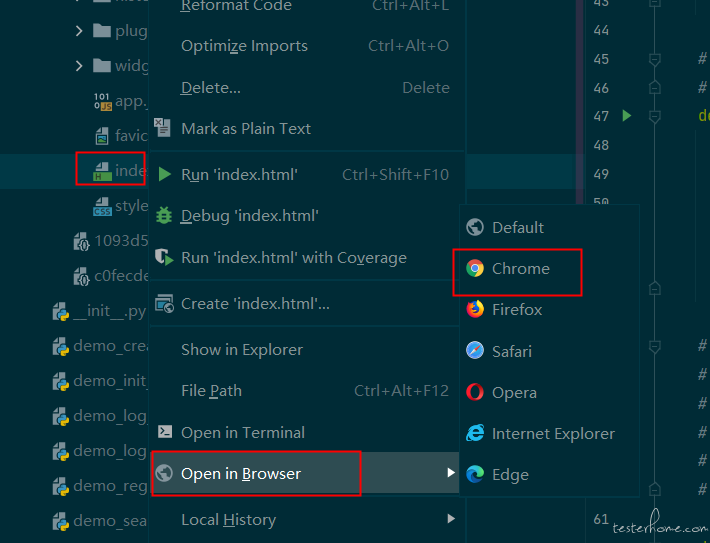
4.谷歌浏览器打开后的测试报告图片呈现为下图:
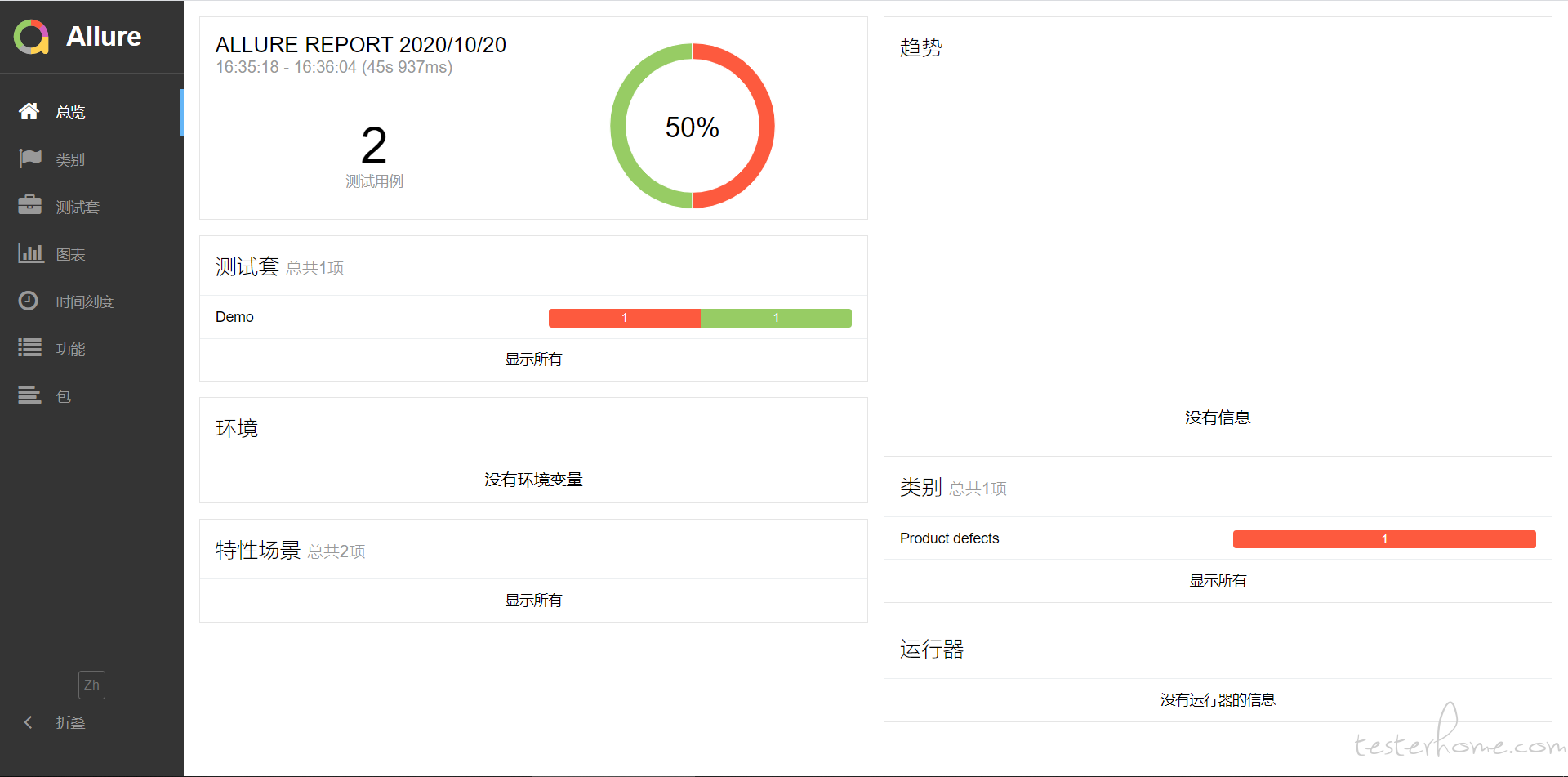
代码如下:
# 手机账号密码登录测试用例
import allure
import pytest
from common.init import AppStart
@allure.feature("这是测试feature")
class TestAccountPwd:
def setup_class(self):
self.account_login_page = AppStart.start().enter_account_login()
@allure.story("story_one")
@allure.title("title_one")
def test_one(self):
with allure.step("step--输入账号"):
allure.attach("123123231321313", "账号")
account = "123123231321313"
with allure.step("step--输入密码"):
pwd = "asdfgh"
self.account_login_page.input_account_pwd(account, pwd)
with allure.step("step--断言"):
allure.attach("手机格式有问题,若非中国大陆手机号码请点击国际手机登录", "期望结果")
assert self.account_login_page.get_bounced_context() == "手机格式有问题,若非中国大陆手机号码请点击国际手机登录"
print("\naccount的值:", account, "\npwd的值:", pwd)
@allure.story("story_two")
@allure.title("title_two")
@allure.step("这是测试step")
def test_two(self):
account = "w124hhh77"
pwd = "asdfg"
self.account_login_page.input_account_pwd(account, pwd)
assert self.account_login_page.get_bounced_context() == "你尚未注册微博,是否立即注册"
print("\naccount的值:", account, "\npwd的值:", pwd)
@allure.story("story_three")
@allure.title("title_three")
def test_three(self):
account = "hhhhhhhhh"
pwd = "asdfg"
self.account_login_page.input_account_pwd(account, pwd)
assert self.account_login_page.get_bounced_context() == "你尚未注册微博,是否立即注册"
print("\naccount的值:", account, "\npwd的值:", pwd)
@allure.story("story_four")
@allure.title("title_four")
@allure.description("description")
def test_four(self):
account = "15059941156"
pwd = "123123"
self.account_login_page.input_account_pwd(account, pwd)
assert self.account_login_page.get_account_pwd_tips() == "帐号或密码错误"
print("\naccount的值:", account, "\npwd的值:", pwd)
def teardown_class(self):
AppStart.quit()
if __name__ == '__main__':
pytest.main(["account_pwd_test.py"])
1.@allure.feature、@allure.story、@allure.title结果如下:
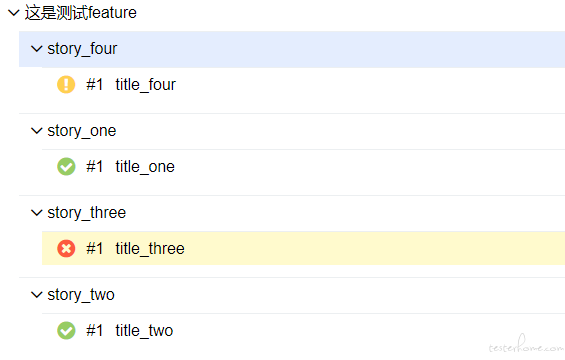
2.@allure.description 结果如下

3.@allure.step 结果如下:

4.with allure.step 和 allure.attach 结果如下:
